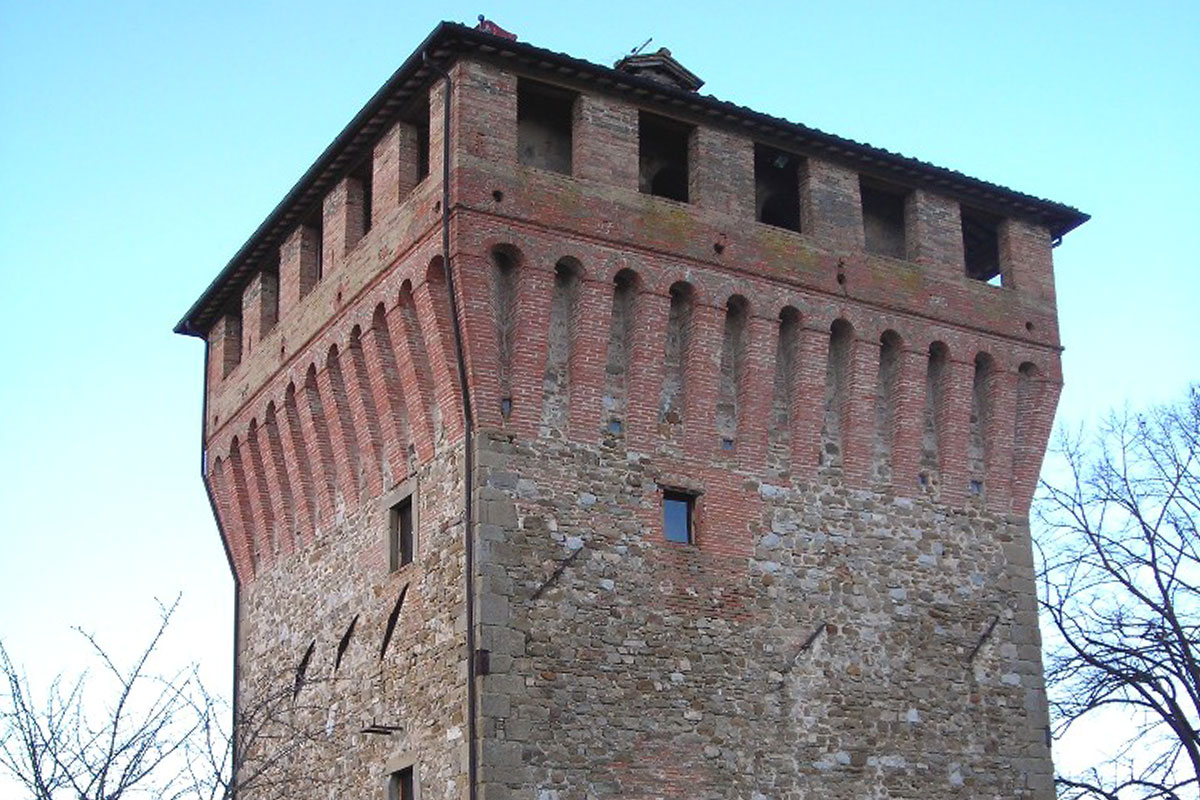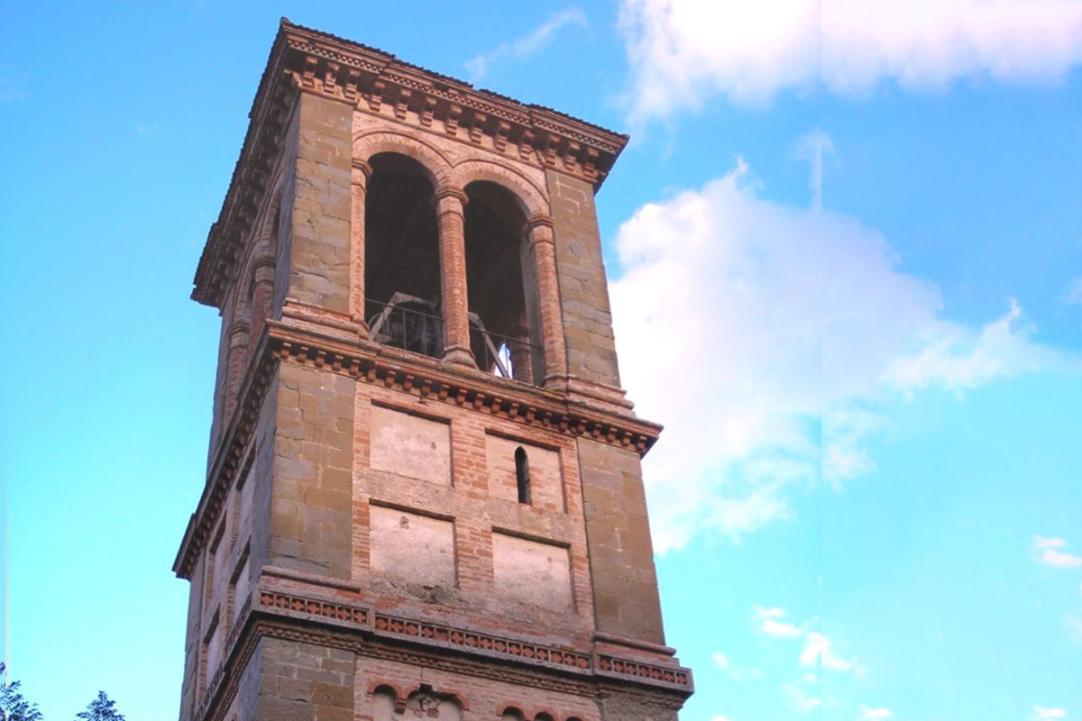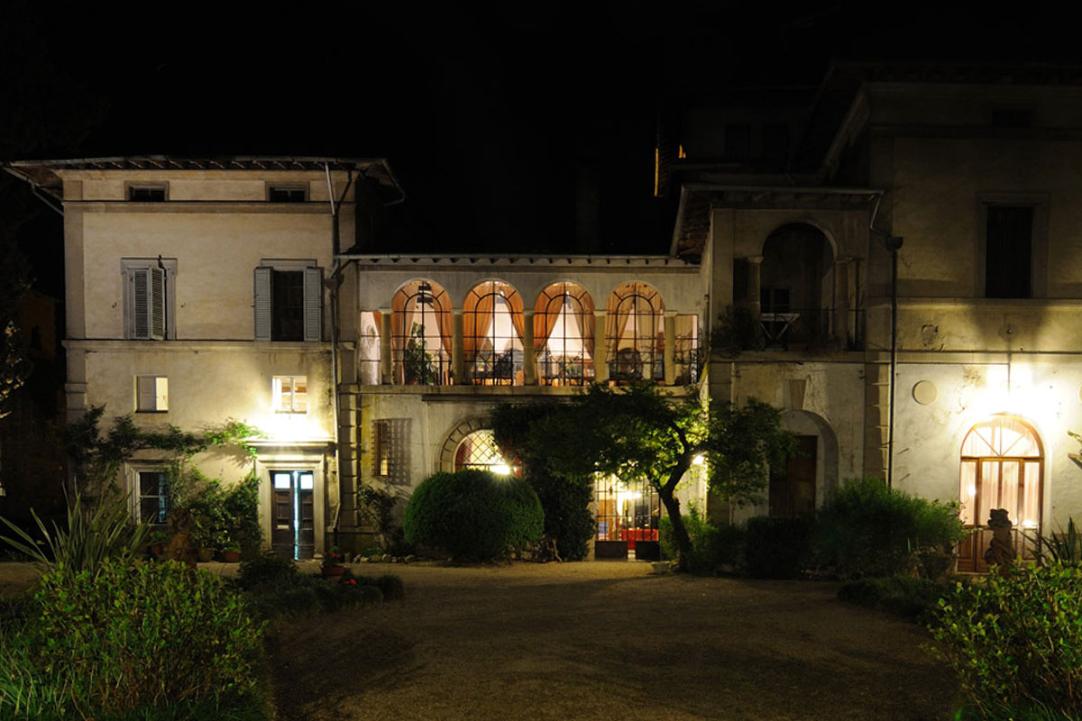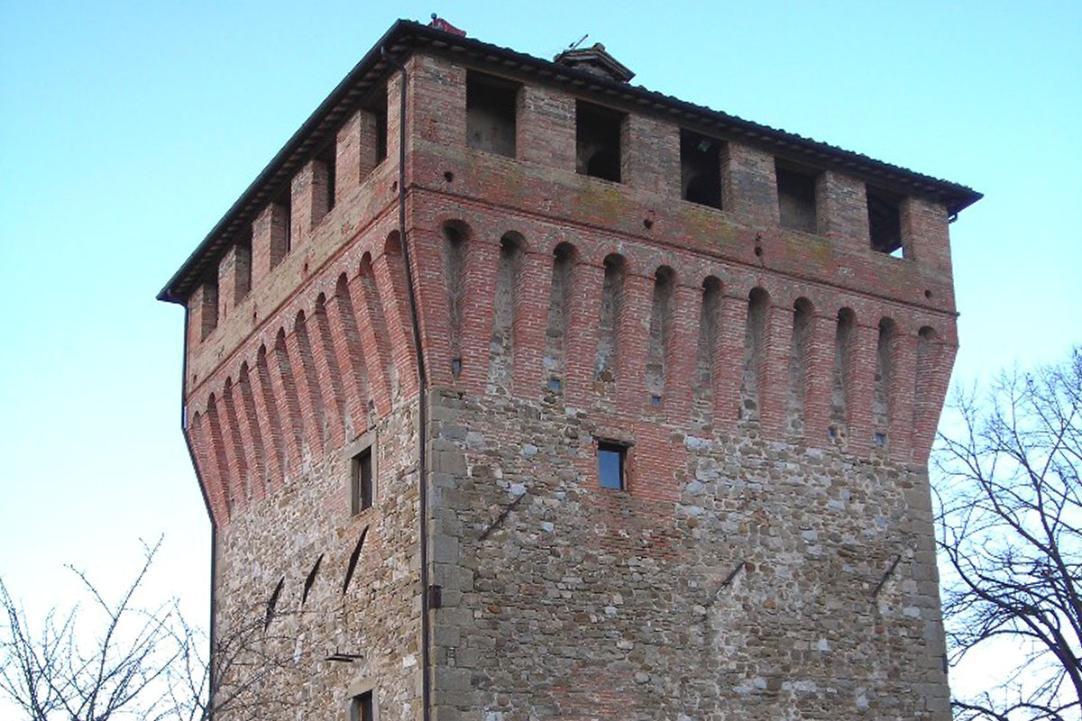| Distance | 66,2 km |
| Difference in level | 921 m |
| Difficulty | Easy |
| Duration | 4 hours |
| Ground | Paved road, terrain |
| Recommended bike | gravel bike, trekking bike, mountain bike, e-bike |
| To view in the area | Ponte San Giovanni, Ponte Vecchio di Ponte San Giovanni, Ponte Valleceppi, Ecomuseo del Tevere, Torre di Pretola, Ponte Felcino, Villa Pitignano, Ponte Pattoli, Solfagnano, Parlesca, Casa del Diavolo |
| Staging points | 1-Ponte San Giovanni; - 2 Ponte Valleceppi; 3-Solfagnano Parlesca |
| Interchange | Routes 5 |
We leave Ponte San Giovanni and, proceeding along Via Ponte Vecchio, cross the wooden bridge, a construction that, since 2000, has replaced the medieval humpback bridge destroyed during the Second World War.
We take the Tiber river path that runs parallel to the river and reaches the village of Ponte Valleceppi, where it is possible to use the equipped rest area. Like other hamlets in the municipality of Perugia, its place name indicates the presence of a bridge over the Tiber river, probably present since Roman times and used to connect Perugia to the municipality of Arna. The bridge's name could derive from the fact that it was a natural point for collecting tree trunks, from the fact that the Tiber was dotted with tree stumps - understood as poplars - or because it fell, in medieval times, in the territory of a Mr. Cepo. Whatever its origin, Ponte Val di Ceppo was a fundamental junction since the Middle Ages, to the point that the Perugian painter Danti depicted it, in 1583, in one of the forty frescoed maps kept in the Vatican Museums.
Proceeding towards Pretola, we come across the 14th-century tower that houses the Tiber Ecomuseum, which aims to promote the traditions, old trades and factories, and the historical, artistic, monumental and scenic heritage of the Tiber. Not far away is the Torre del Mulino (Mill Tower) with its mill, at the foot of which the washerwomen used to do their laundry in the river.
The route continues in the direction of Villa Pitignano and then reaches Ponte Pattoli, which stands partly on the eastern slopes of Monte Tezio and partly along the riverbed. Here, in 1413, the troops of Braccio da Montone and those of Francesco Sforza faced each other without ever clashing; it was to the former that, three years later, the massari of Ponte Pattolo handed over the keys of the castle, to which the still partially visible walls belonged.
Following the Ponte Pattoli-Resina road, one then glimpses the imposing profile of Villa Taticchi, which stands about 100 metres from the left bank of the Tiber. The building - which houses a reception facility - is subject to the constraint of the Ministry of Cultural and Environmental Heritage, according to which the central nucleus is to be identified in a 14th-century tower consisting of four superimposed rooms.
Arriving at Solfagnano, one can instead see the elegant 18th-century construction that dominates Col Marinello: this is the castle of Solfagnano, today a first-class accommodation facility. Before continuing towards the slopes of Monte Acutello, a rectangle is described to reach another rest area, from which you can see Torre Strozzi, today an Art Centre. Built as a fortified military outpost near the Tiber - which was once navigable - the tower guarded a strategically important area, located between the Papal State, Gubbio, Perugia, Città di Castello and Tuscany, as well as the ancient pilgrimage road that connected Assisi to Chiusi della Verna.
We continue in the direction of Casa del Diavolo, skirting Monte Acutello and Monte Sodo Rosso. It seems that Casa del Diavolo owes its curious toponym to a house of perdition in which brigands or layabouts found refuge, or to the numerous mediaeval funeral urns containing the bones of children, whom it was common to bury in this way when unbaptised or stillborn.
Finally, we return to Ponte San Giovanni, keeping to the west bank of the Tiber as far as Ponte Felcino, where we cross the bridge to the east bank as far as Ponte Valleceppi. Here we move away from the river bed to describe an L in an easterly direction, along a road that runs parallel to the SS 318.
We approach the Tiber again at Collestrada and, returning along the same route as the outward journey, we come across the Ponte San Giovanni rest area just before reaching the point from which we had started.
MORE DETAILS ON KOMOOT
Progetto Around Perugia - realizzato con il contributo della Sottomisura 16.7 PSR per l'Umbria 2014-2022





























